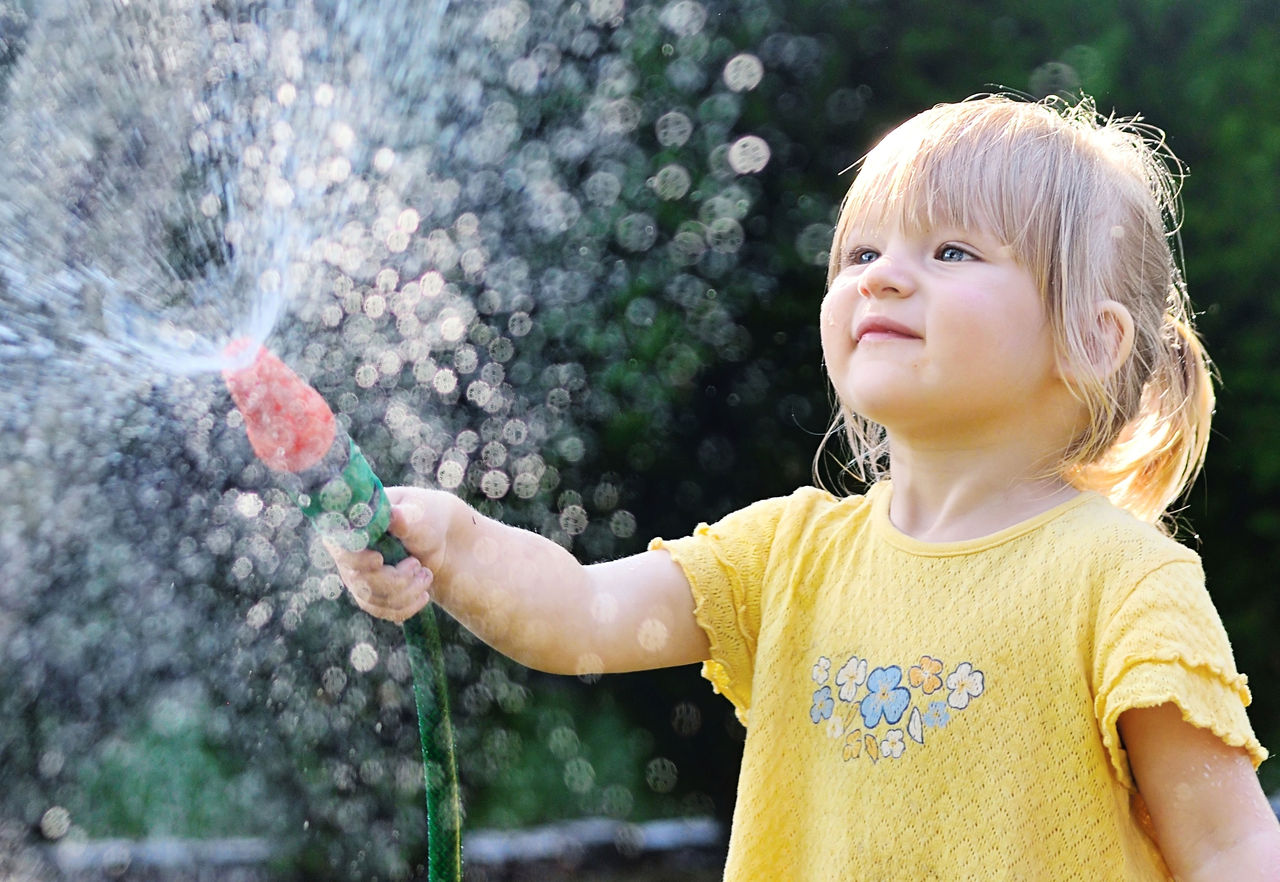Your toddler shows all the signs that they are exhausted and in dire need of a good old-fashioned nap. They are yawning, whining, rubbing heavy eyelids and twirling hair — but, the mere mention of a nap, may cause a meltdown. The explanation is truly a simple one: Toddlers do not want to miss out on even one moment of adventure, as they are beginning to understand that they can assert their own independence.
The solution is not necessarily as straightforward. Here are a few tips for a more successful nap (or at least quiet time):
- Plan a quieter activity before nap time begins to allow for wind-down time.
- Make the transition to nap time consistent each day: potty time, read a book, cuddle up with a lovey or special blanket.
- Never make nap time a punishment.
- Provide a restful place for nap time. Consider using darkening blinds, heavy curtains, calming music, a fan or white noise machine.
- Make sure naps are in the bed or crib. This will help your child associate their bed with sleep.
- If your child absolutely refuses to nap, leave them with some toys and books and tell them it’s quiet time.
- Give your little one a hug and a kiss, tuck them in and leave the room.
Remember, sleep is very important for a growing child. If your child repeatedly gets up after you have tucked them in, calmly take their hand and return to their bed. Walk your child back to bed each time, and they will soon realize that you are serious. If they’re still struggling to nap, let them know it’s ok to stay awake, but they need to use this time as “quiet time.” Be calm — but firm — about this resting period. Children (and parents, too!) need rest, even if they’re not sleeping.




